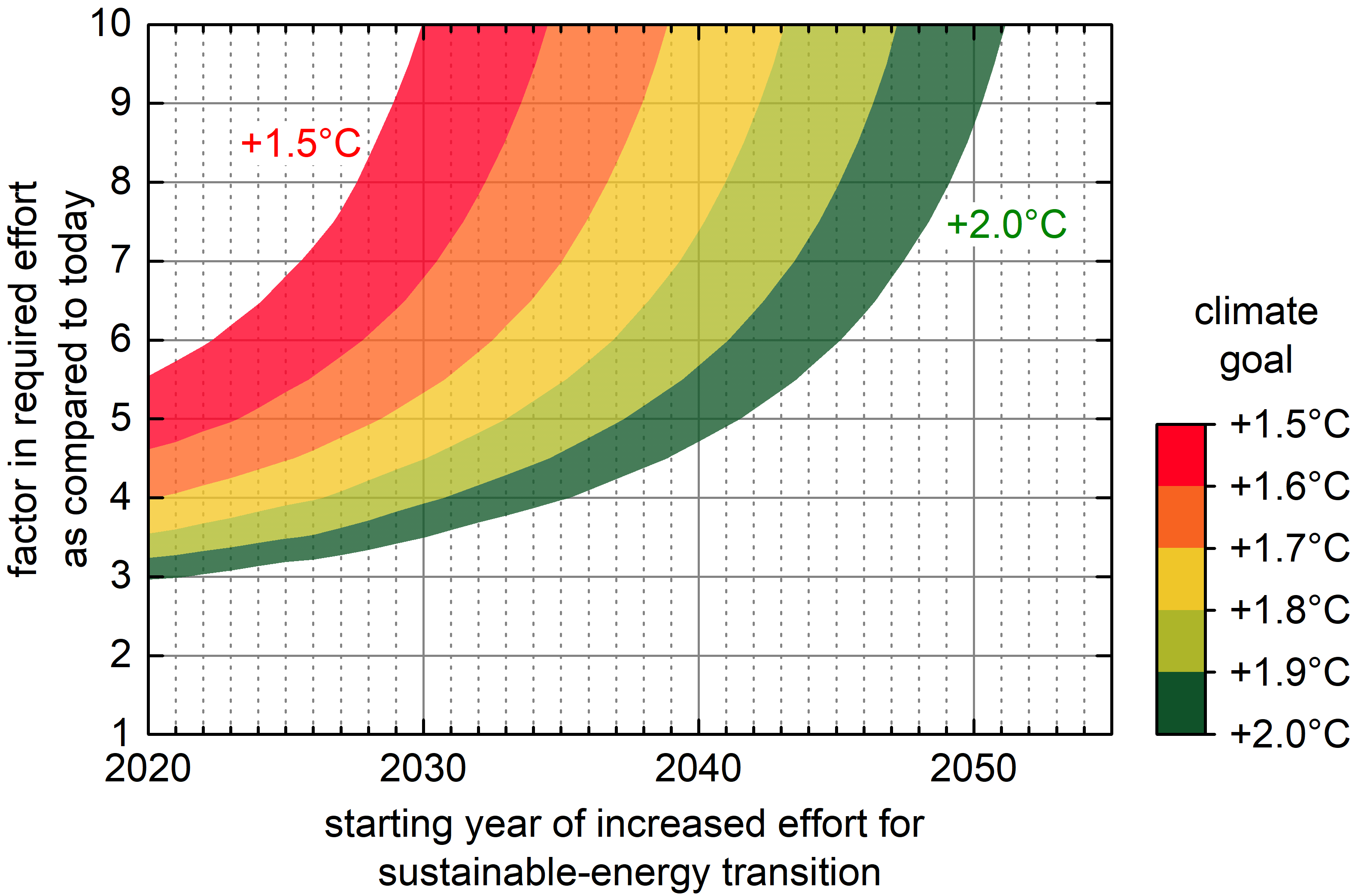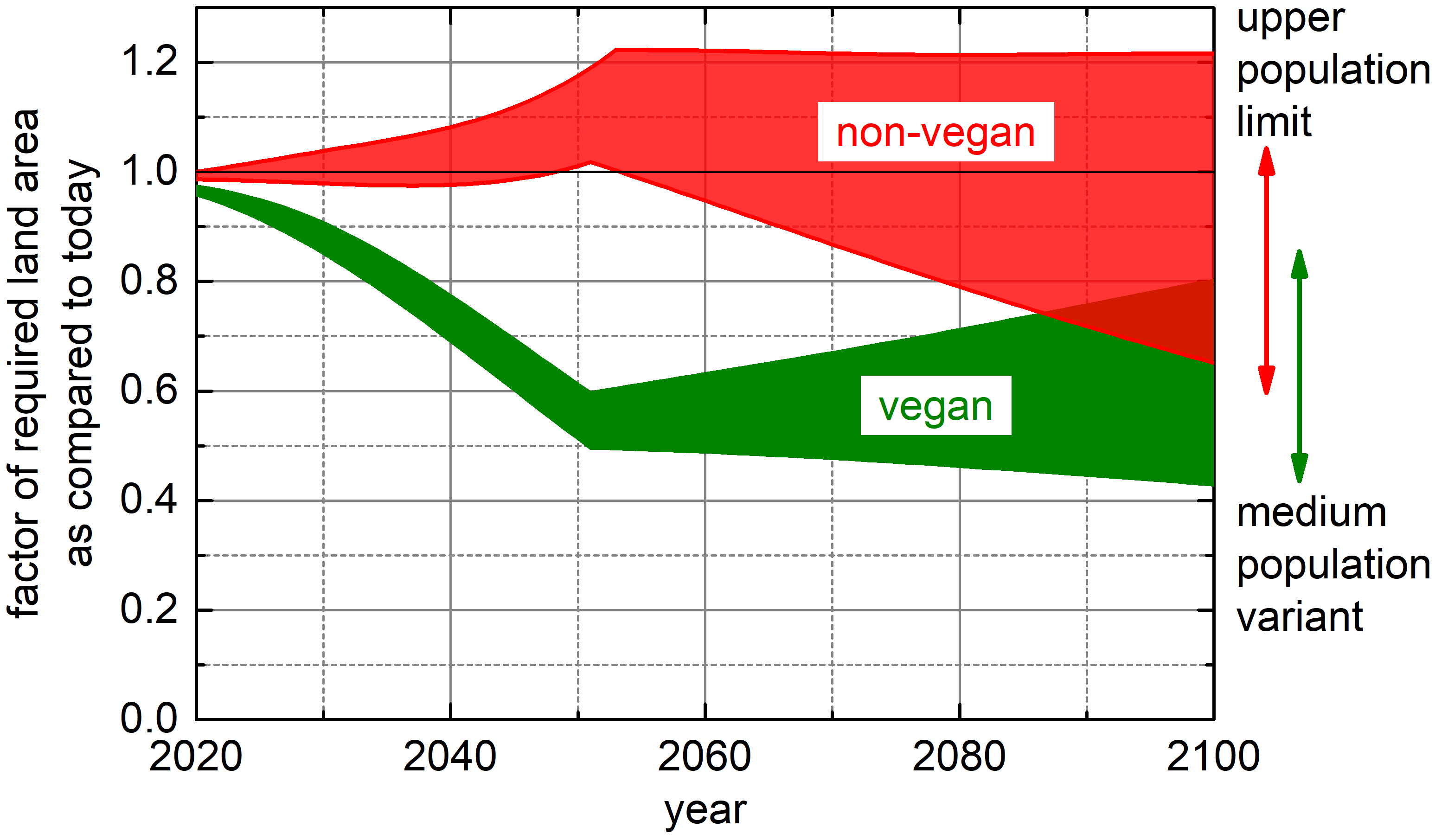Vision 3000: Sustainable Good Life for Everyone
News:
+++ scenario explorer for sustainability finalized, direct link to page +++
+++ my new book has appeared: Klima-Wende-Zeit (German), direct link to book +++
Hello, dear visitor of this website!
On the blue sphere, which you can see above, which is rising just over the moon horizon, we are together chasing quite lonely through the infinite vastness of the universe. We try to live a life as pleasant as possible. If we lean back and look at the situation from a distance, we realize how limited our earth actually is. There is not even enough food for everyone, more than every tenth person is starving! Others spend most of the day organizing 'clean' drinking water for themselves and their families or searching for firewood for cooking their food. But, when we lean back, we also see that in many places wars and conflicts occur, which are fought for dominance in regions or of ideologies. What are regions on this little sphere? What are ideologies when everyone only wants to live well? And - where most people already invest lots of effort for their more or less good lives: Why do we destroy so much of the little we have by bombing it in wars? Yet we have really big challenges ahead of us like climate change and hunger in the world, which we should solve by focusing on them our energy, time, and money.
These many challenges can make us afraid and anxious, and one can get the impression that one cannot change anything about the situation as an individual. The fact that the interrelations are actually easy to overlook and that it depends on each individual, I show clearly and easily comprehensible on this website.
- We can limit climate change if we intensify our efforts for the sustainable-energy transition by a factor of 4 to 6, depending on the climate goal of +2.0°C or +1.5°C to be reached (Figure 1).
- Successful scenarios for sustainable energy transition take large amounts of bio-energy into account. To provide them, we need fertile arable land on which also food can be grown. The energy transition is therefore directly linked to world hunger.
- We can eradicate hunger if we prefer a plant-based diet and each parent couple has sustainable two children (Figure 2).
- If we succeed in this, we can also build a bio-economy in which we produce chemical products and fuels from biomass and still have a lot of land available to protect biodiversity.
- Achieving this is the responsibility of each individual. Sustainable behavior of each of us is required. Political measures can only pave the way towards these goals, since in a democracy we will not accept politics defining our behavior.

Figure 1: By how much do we have to intensify our efforts towards sustainable-energy transition compared to today if we want to achieve the agreed climate goals, but still postpone intensifying our efforts? This is shown here for the medium variant of the UN population projection. In order to reach the +1.5°C climate goal, we need to increase our efforts more than fivefold, and this factor currently increases by 5% every year that we further oversleep the sustainable-energy transition. We must then keep up these increased efforts until the end of the energy transition, that is for at least the next 30 years! The required efforts are already at the limit of what we can achieve globally. Any further increase is thus fatal.

Figure 2: How much land area do we need compared to the available land area in order to satisfy the basic needs of mankind, for example for sufficient food? Any value above 1 means that the land area is not sufficient and forests have to be cleared. The available fertile land area will only suffice immediately and sustainably for satisfying the basic needs, if the population growth is limited and at the same time the nutrition is converted to purely plant-based. Only if we implement these two aspects simultaneously will it be possible to have sufficient land available in the long term, for example to protect biodiversity or for utilization of more bioenergy.
We should focus right now on these essential goals and as a basis for this clearly communicate how these are interrelated. This is the only way to make it clear that, for example, abandoning plastic bags and plastic straws makes a small positive contribution, but this must not prevent us from accepting this individual responsibility for our overall sustainable behavior.
Overall, we need a new view on the world in which the sustainable success of the entire Earth system is at the heart. As a consequence, we have no right to exclusively claim rights. Instead, our responsibility directly imposes obligations on our mindful decisions and actions.
For me it is especially important
- to base the reasoning on sound facts, i.e. preferably on publicly available data, and
- to illustrate the interrelations, preferably graphically,
- in order to thus render the interrelations understandable for everyone and to justify the conclusions drawn in a comprehensible way.
I am convinced that only if many people really understand the essential interrelations in this overall system they will be willing to individually and permanently take sustainability more into account in their daily lives. Only when many have recognised the importance of their individual attitudes can sustainability really become a strong political factor, because everyone decides again only individually which party to elect.
The main results are summarised in brief points at the top of each page. Below, by clicking on the corresponding button, the evaluations are presented in a generally understandable way and the conclusions are justified.
I wish a lot of inspiration while browsing and reading!
Andreas Pfennig
P.S.: Updates are posted on facebook: fb.me/vision3000.eu.
Those who want to read more about the philosophical aspects will find more details here in a book (German).
For those who prefer to listen to the explanations: here is a series of videos on YouTube on this subject.
|
|
|



